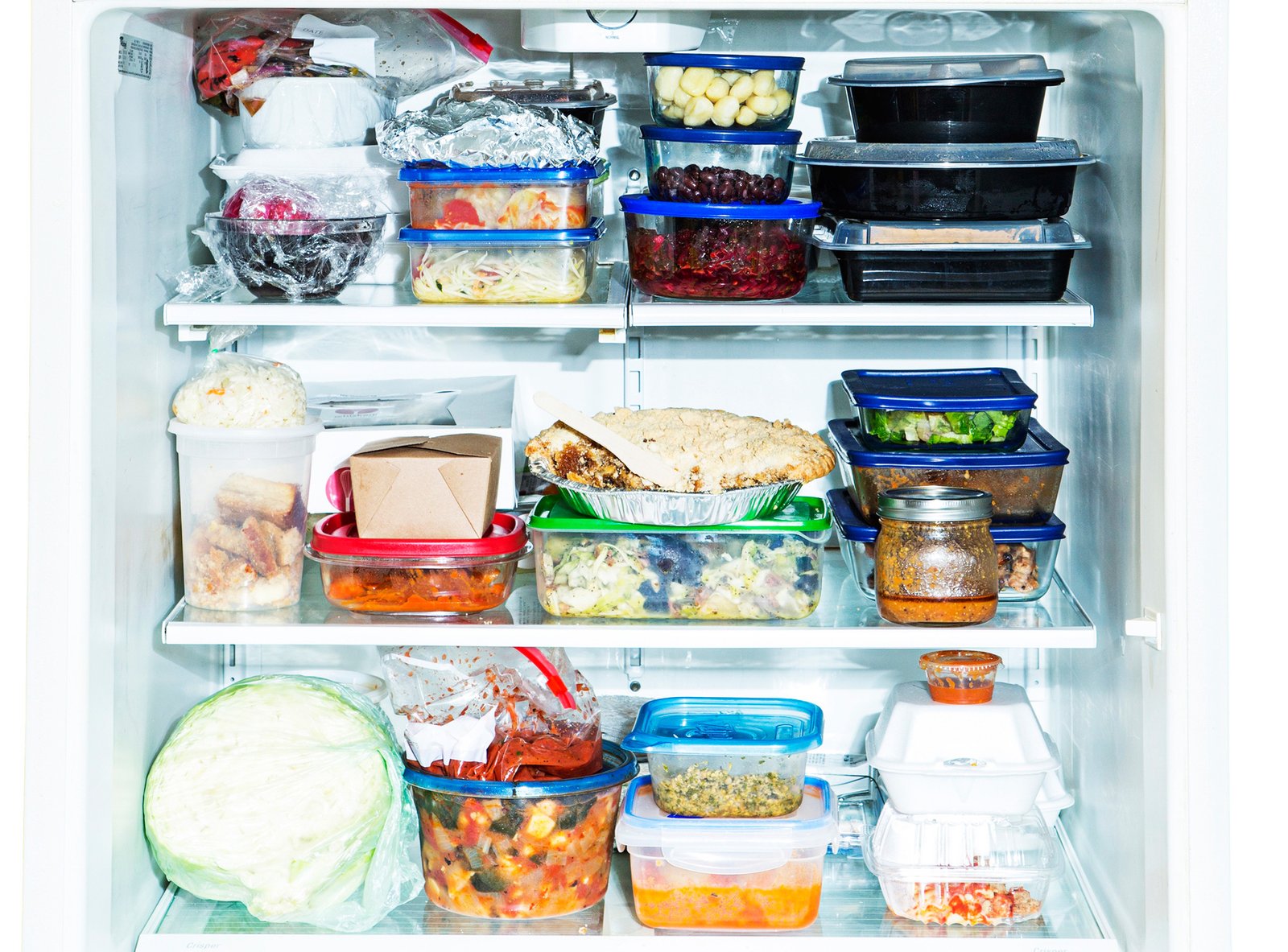
Living alone isn’t always what it’s chalked up to be.
Sure, you can sit around pantsless all weekend and binge-watch cop dramas without judgment from roommates or a significant other (100% not talking from personal experience), but it does have a few downsides.
You have to pay for everything yourself, you have no one to clutch onto/scream with when something dramatic happens in your favorite TV show (looking at you, Game of Thrones), and you have the dreaded task of cooking for one.While we can’t help you with the first two problems, the latter is definitely our field of expertise. Researchers have found that people who live alone are more likely to eat badly for a variety reasons. Some of these are a lack of cooking skills, increases in #food costs, and not having a live-in companion to share food or shopping trips with.
Because of all these hurdles, researchers say that those living alone are more likely to rely on ready-made meals or fast food and don’t eat nearly enough fresh nutrient-dense foods, particularly fruits, vegetables, and fish.
Most of us at Cooking Light have lived alone at one point in our lives. So we rounded up the best ways our editors have combatted the single-serving woes:
Embrace Leftovers – This doesn’t mean cook a recipe for 12 and eat it for two weeks, but don’t shy away from those that produce 4 servings. Some leftovers can actually be better and have fuller developed flavors the next day. Think about trying chili, curry, meatloaf (for sandwiches), lasagna, or protein-based salads (chicken, egg, chickpea).
Batch Cook/Prep – If you have a little extra time on your hands, pick one day a week to make a few dishes that you can eat throughout the week. Having a few pre-made lunches and dinners to choose from throughout the week will help you avoid the morning rush of making a sad PB&J lunch or the temptation of swinging by for take-out on the way home. You don’t have to make actual recipes either. Cooking up things that can be used for multiple recipes, like chicken, beans, grains, or a few boiled eggs, can help you quickly throw together meals without having too much repetition.
Choose Freezeable Recipes – In the same vein as batch cooking, when making freezer-friendly dishes, just portion out the extra servings into individual containers. Easy-to-freeze meals will almost always be healthier than pre-made frozen meals and can thaw by lunch time if left at room temperature. A staff favorite for freezable meals are the Individual White Chicken Pizzas.
Shop Frequently – Not a great option for those who loathe grocery shopping (or are on a stricter budget), but swinging by the grocery store every day or every other day can help with single cooking. It makes it easier to get ingredients when a particular craving strikes and buying a smaller amount of produce will make you less likely to let it go bad.
Use Up Everything – When some of the food in your fridge has seen better days but hasn’t quite kicked the bucket yet, throwing together the mish mash can make an entire meal itself. Pretty much anything can be cooked and made into a stew, pureed into a sauce, or tossed on a salad.
Swap Meals – You and friends can cook up several servings of a dish that keeps well and meet up to swap individual containers. You only have to cook once, don’t need to worry about too much repetition, and you get to hang out with friends. A win-win!


